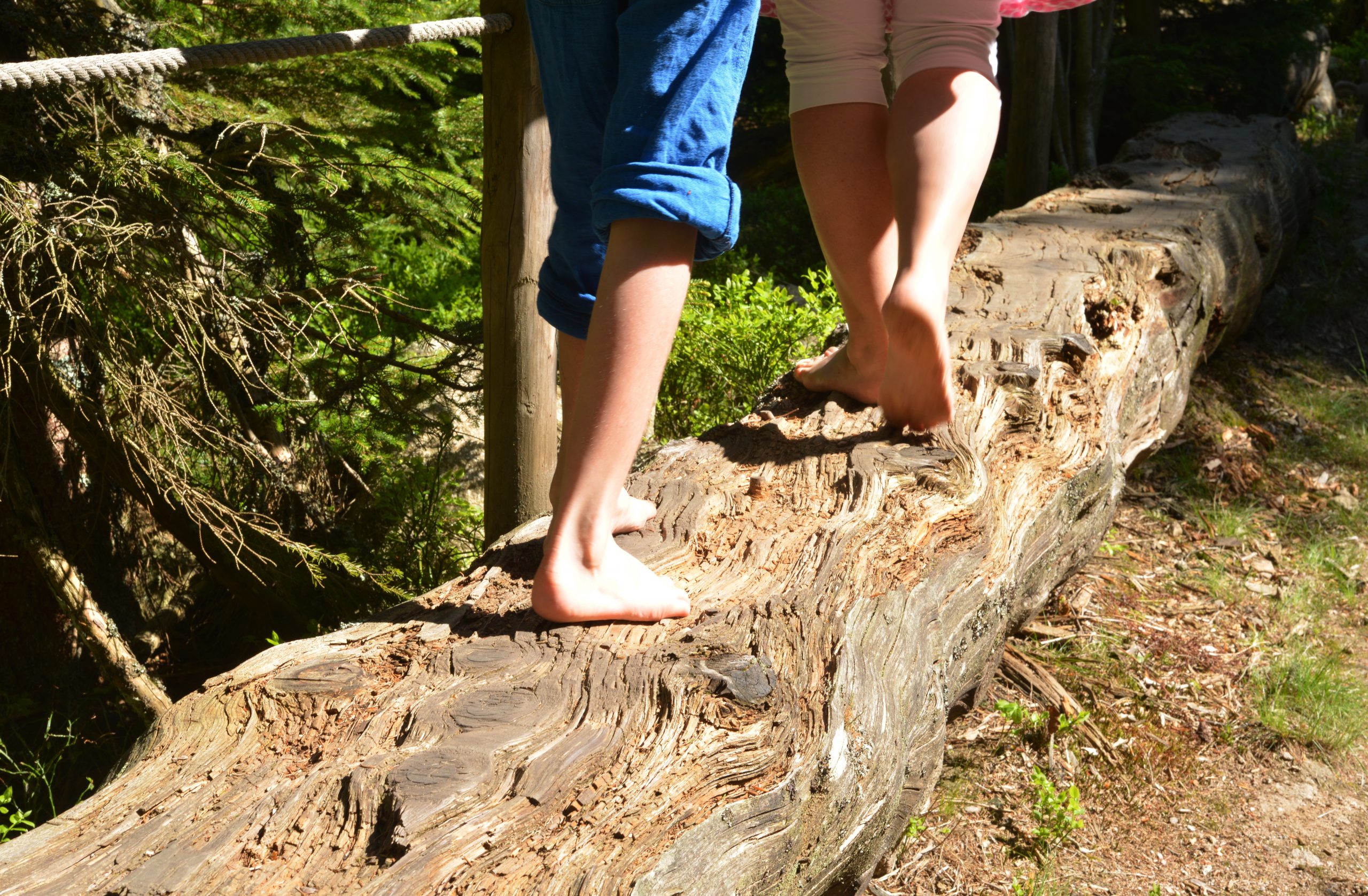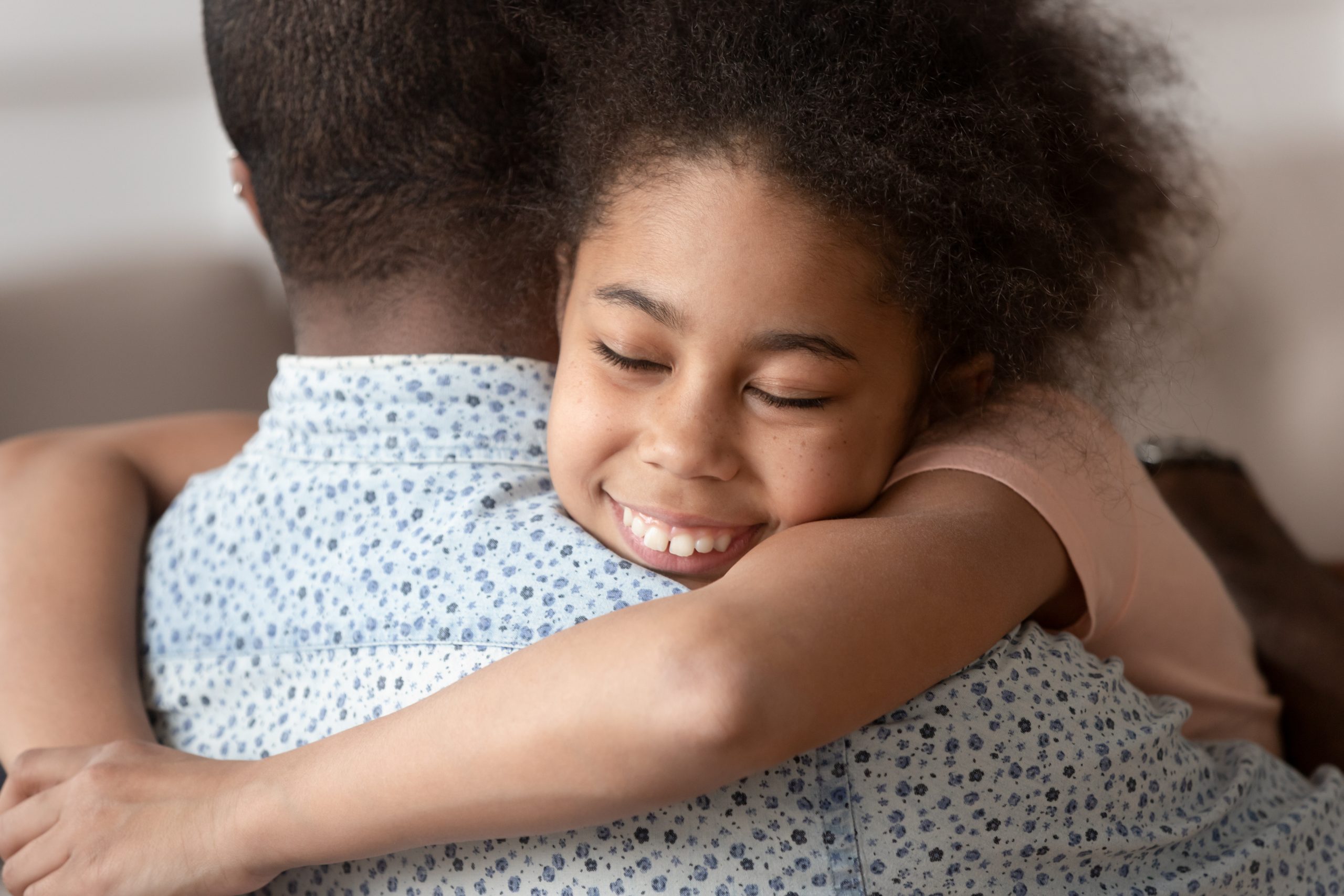Nearly all parents in the United States want their children to see and treat others equally, no matter their ethnic background or race. Many believe that if they do not point out differences to their children that perhaps they will not notice race, hoping that they will treat all differences the same as characteristics like eye color or hair that vary across all races and have little meaning in everyday society. The issue is that this doesn’t seem to work. New research has recently examined how children acquire biases against others.
Psychologists frequently report that parents report feelings of shame when their child does notice race or expresses racial biases despite their efforts. Some parents often become aware when their child calls someone out in line at the grocery store, or when their child seems to show colorism (judging others based on skin tone), or use racial stereotypes in their language. These parents are confused because they might have never spoken to their children about race. They wonder how these thoughts and behaviors started. What has been found is that these parents assume that they must have somehow explicitly taught biases to their children, despite their efforts to not talk about race or ethnicity. The assumption is instead, that by avoiding the topic that children will grow up to view all people as equal.
The issue frequently lies with children being highly attuned to their personal environment. By being attuned, they are able to quickly and efficiently adapt, learning how to navigate their own social world. This means that children will inevitably notice what people around them look like, who has the most resources, and notice nonverbal signals that adults show to others who are different. Children create ideas about people and groups based on the information they’ve gathered and children naturally sort items and people by groups and categories.
Another recent study demonstrated that nonverbal signals that adults directed towards others in a video impacted the child’s attitude toward a group. When children were then asked which group they liked best, they favored the group that had received more positive facial expressions and nonverbal behavior from the adult. Children use labels with unfamiliar topics and are more inclined to associate with positive associations when given a choice. This means that even a single negative nonverbal interaction with another person could lead to a child developing a bias.
However, studies have also shown that children follow what is known as the contact hypothesis. If a child has close interactions with members of a group, it reduces their biases against them. This has been supported in both adults and children, but if a child creates biases based on negative nonverbal behaviors and does not interact with the group, the biases remain.



